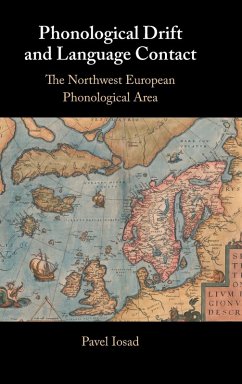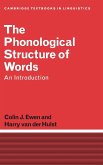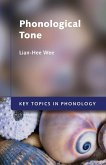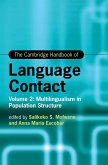Several language families of northern Europe - Germanic, Celtic, and Uralic - share phonetic and phonological patterns that are typologically unusual. This book demonstrates how we can better understand these convergences: they exemplify the phenomenon of drift. Using the latest advances in theoretical linguistics, the study of sound change, and language variation, it offers insights into the development of these features and what they tell us about past cultural and linguistic contacts. Although the languages are not closely related, an understanding of drift grounded in the theory of the life cycle of phonological patterns reveals the workings of convergent developments. Covering a wide range of vernacular varieties, this book shows how phonological microvariation is illuminated by an approach grounded in the theory of the life cycle and historical sociolinguistics. It is essential reading for historical and theoretical linguists, and anyone with an interest in the cultural and linguistic contacts across northern Europe.
Bitte wählen Sie Ihr Anliegen aus.
Rechnungen
Retourenschein anfordern
Bestellstatus
Storno








